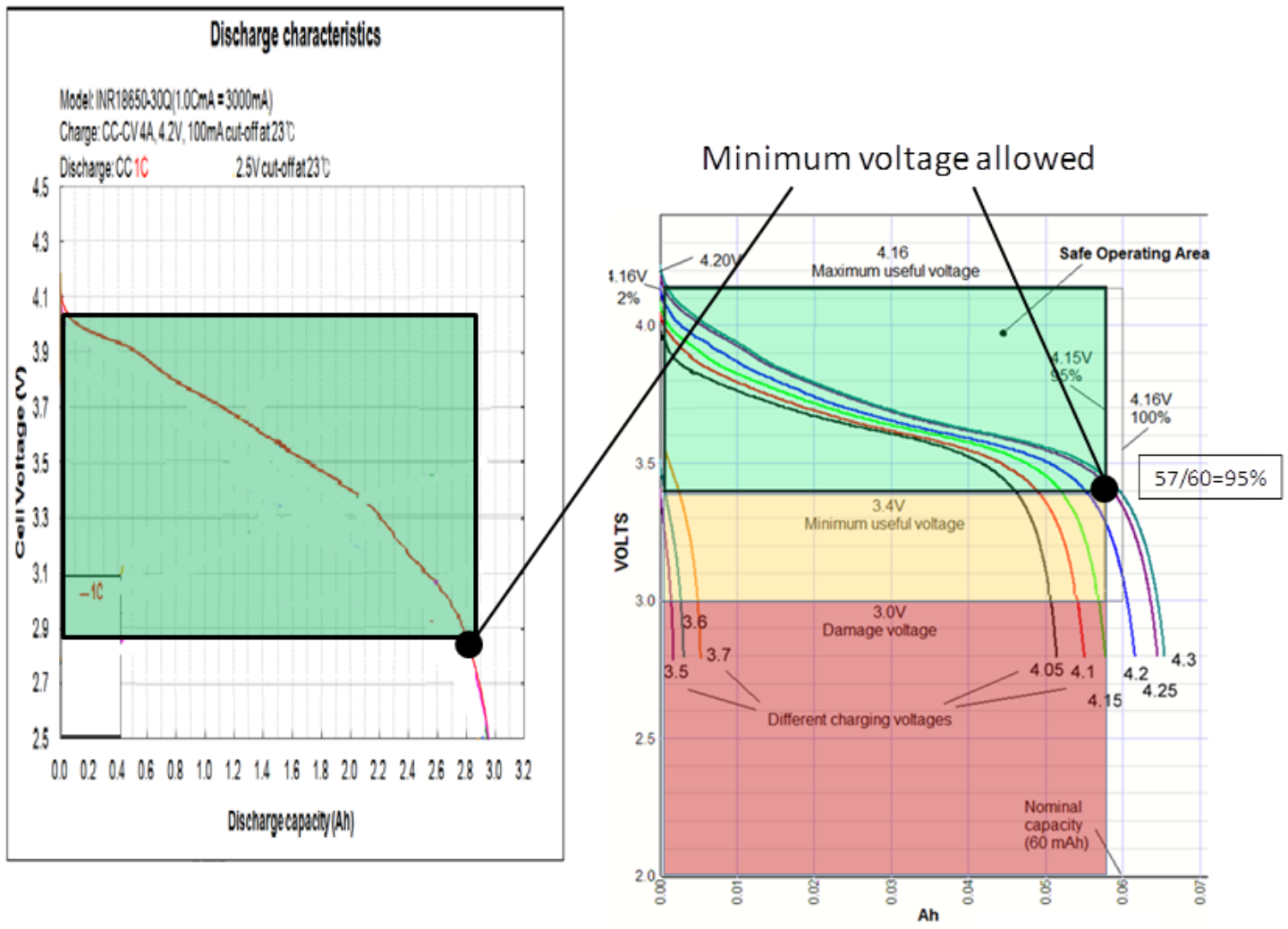Pajda said:Yea I did, In one word the cycle life of Samsung 35E at 0.5C-1C 100% DoD is disaster. Unfortunatelly almost all Samsung 18650 and 21700 48G high energy cells have very bad cycle life at 100% DoD, Samsung 30Q have the same problem, only 29E and 25R shows satisfactory results. I should also noted that all above mentioned Samsung cells pass cycle life test under 0.5C-1C 50% DoD without problems, so under this particular test they are fully comparable to LG or Panasonic equivalents.
...
My guess is that Samsung 18650 cells suffers a lot even with 0.5C charge rate, which is standard(recomended) charge rate for most of LG and Panasonic cells and my measurements shows that they did not have problem with that. So I will start soon a new batch of test with 0.3C-1C 100% settings.
Thats very interesting. Looking forward for your findings / charts about the effect of charge rate.
I think, if mentioned Samsung cells pass the cylce life test at 0,5C-1C down to 50% DoD with success, than the main problem for the poor lifetime when discharged to 100% probabaly is not the charge rate but the low voltage cut off.
So, what was the cut off voltage?
Most cells are specified to 2,5V lvc, but i found out there is a huge difference between high power and high energy cells.
While a Samsung 30Q has almost no capacity left below around 3,2V (already >95% DoD), most high capacity cells have a lot more Ah left at this voltage an can be discharged to deeper voltage.
So it might make sense to differ between LVC cut off for each cell. Some types might suffer much more damage if discharged to 2,5V while other cells not so.


